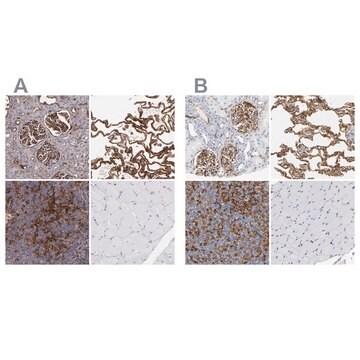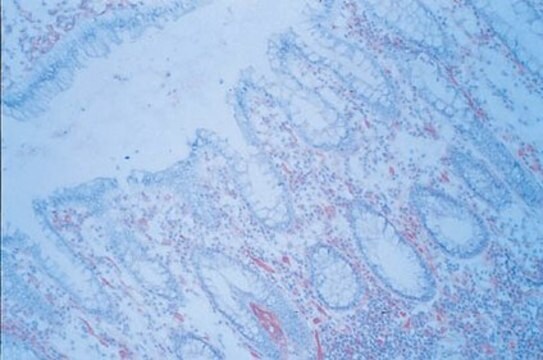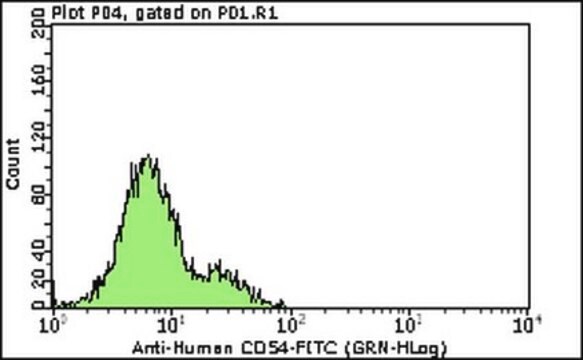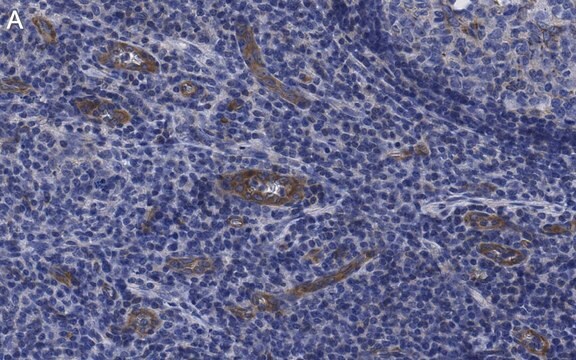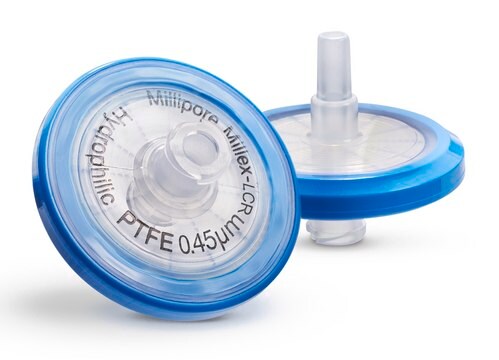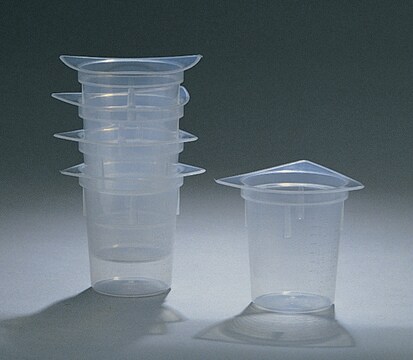MAB1397Z
Anti-ICAM-1 Antibody, clone 3E2B, Azide Free
clone 3E2B, Chemicon®, from hamster(Armenian)
Sinonimo/i:
CD54, MAB1397
About This Item
Prodotti consigliati
Origine biologica
hamster (Armenian)
Livello qualitativo
Forma dell’anticorpo
affinity purified immunoglobulin
Tipo di anticorpo
primary antibodies
Clone
3E2B, monoclonal
Reattività contro le specie
mouse
Produttore/marchio commerciale
Chemicon®
tecniche
ELISA: suitable
flow cytometry: suitable
immunocytochemistry: suitable
immunohistochemistry: suitable
Isotipo
IgG
N° accesso NCBI
N° accesso UniProt
Condizioni di spedizione
dry ice
modifica post-traduzionali bersaglio
unmodified
Informazioni sul gene
mouse ... Icam1(15894)
Categorie correlate
Specificità
Applicazioni
ELISA
Immunohistochemistry of acetone fixed frozen sections. (Paraffin not tested).
Flow Cytometry: Suggested working dilution 50 μg/mL. Use 5 mL of this dilution to label 0.5 x 10(e6) cells.
Immunoprecipitation: use protein G or rabbit anti-hamster IgG secondary
Clone 3E2B is reported to be function blocking against murine ICAM-1.
Optimal working dilutions must be determined by end user.
Cell Structure
Adhesion (CAMs)
Linkage
Stato fisico
Stoccaggio e stabilità
Note legali
Esclusione di responsabilità
Non trovi il prodotto giusto?
Prova il nostro Motore di ricerca dei prodotti.
Codice della classe di stoccaggio
12 - Non Combustible Liquids
Classe di pericolosità dell'acqua (WGK)
WGK 2
Punto d’infiammabilità (°F)
Not applicable
Punto d’infiammabilità (°C)
Not applicable
Certificati d'analisi (COA)
Cerca il Certificati d'analisi (COA) digitando il numero di lotto/batch corrispondente. I numeri di lotto o di batch sono stampati sull'etichetta dei prodotti dopo la parola ‘Lotto’ o ‘Batch’.
Possiedi già questo prodotto?
I documenti relativi ai prodotti acquistati recentemente sono disponibili nell’Archivio dei documenti.
Il team dei nostri ricercatori vanta grande esperienza in tutte le aree della ricerca quali Life Science, scienza dei materiali, sintesi chimica, cromatografia, discipline analitiche, ecc..
Contatta l'Assistenza Tecnica.
